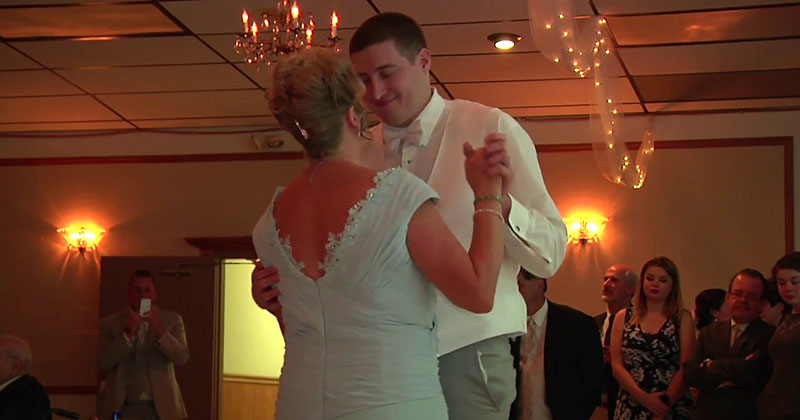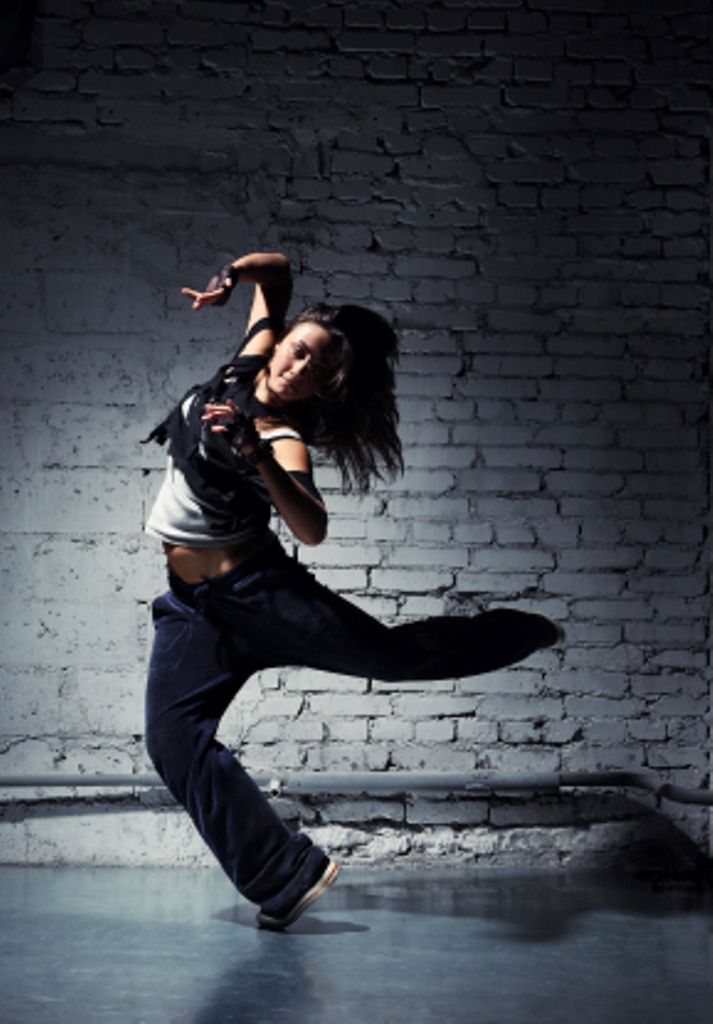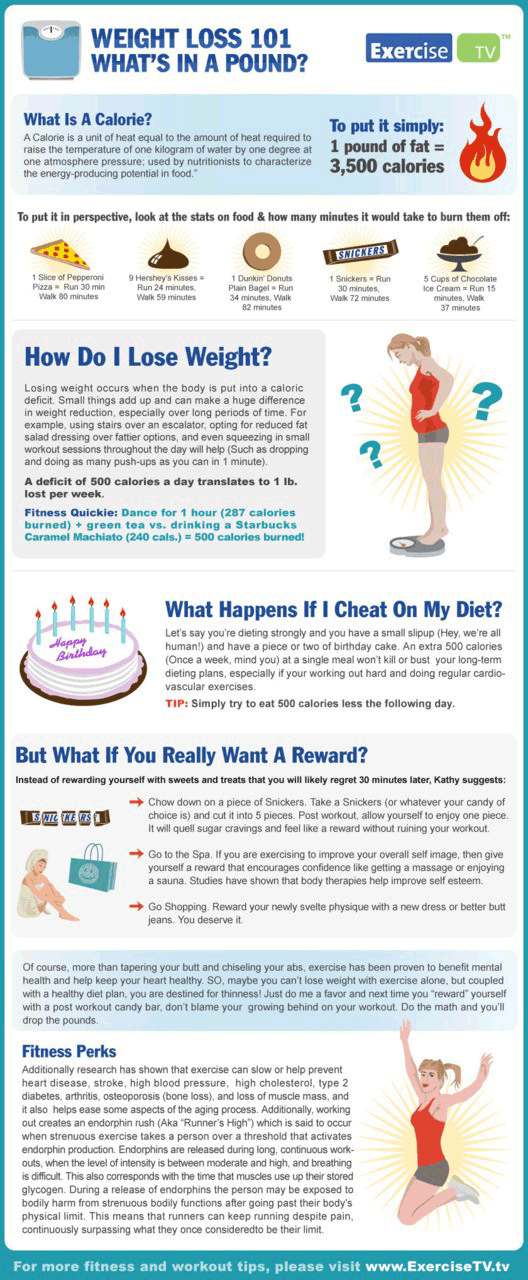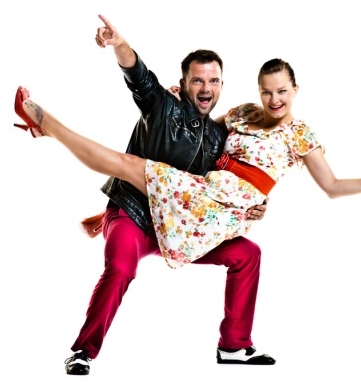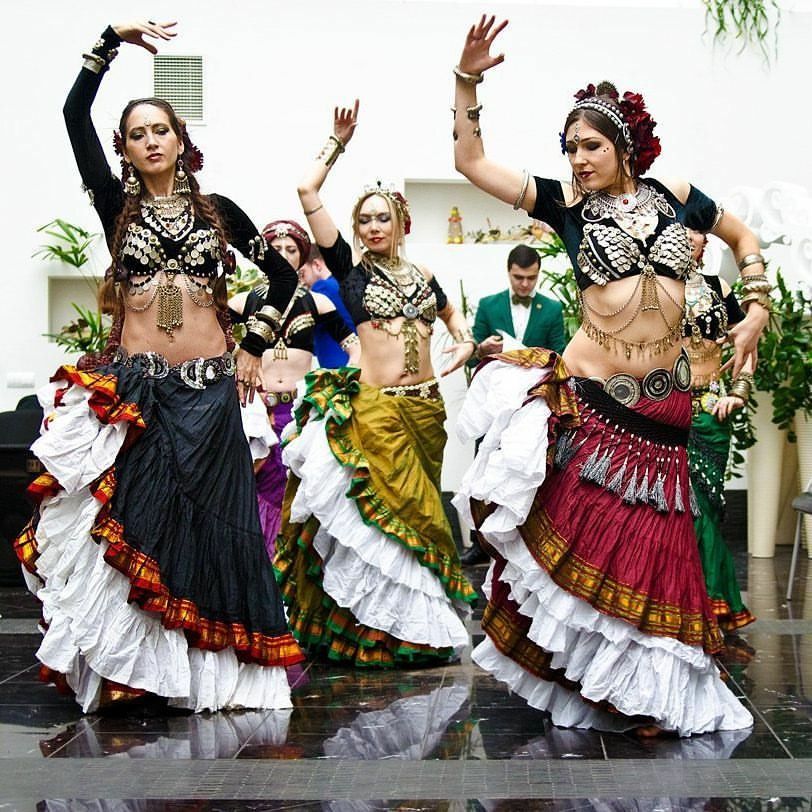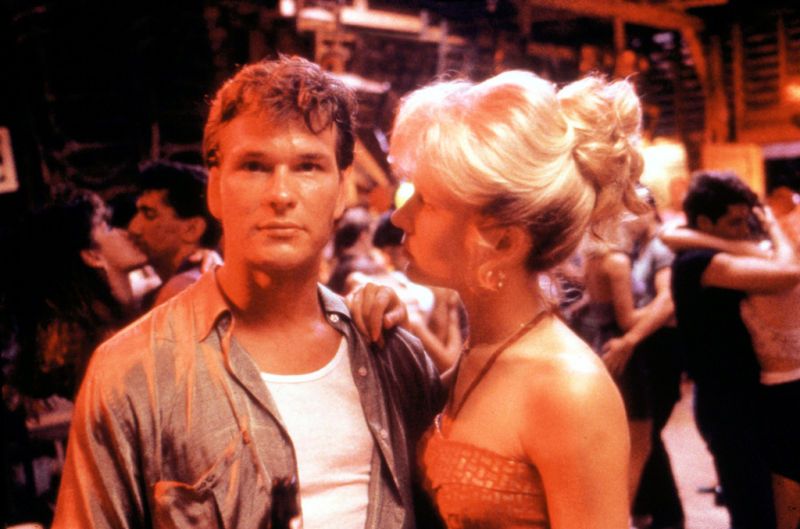How to slow dance for your wedding
5 Simple Steps to Master the Slow Dance for Beginners
There are many occasions to slow dance such as weddings, proms, and just wherever there is a music of a slow tempo. But, maybe you are intimidated by a slow dance. You don’t know where to put your hands, or don’t know how close to stand to the other person. What steps do you do in the slow dance? We’re not talking about a specific dance step like the Foxtrot; we are just talking about the slow dance in general. Are you a beginner-level dancer and looking for easy dance moves? In this article, we will give you five simple steps to master the slow dance so you’ll never again be fearful of being out on the dance floor when the music slows down.
Slow Dancing Arms
There are two options for your arms when you slow dance.
Option 1- Slow Dancing Arms
In this option, you can think of slow dancing as an extended hug as you and your partner sway back and forth. The female places her arms on the guy’s shoulders or hangs them loosely around his neck. The guy puts his hands on the female’s hips or wraps them loosely around her lower back. Leave enough room between you so that you both feel comfortable.
As for head placement, this depends on you and your partner’s height. If you are a couple and are dancing closely, you can rest your head on your date’s chest or over his/her shoulder. Or, you can look at each other.
It’s important to stay relaxed. Try to control your breathing by inhaling and exhaling steadily to maintain an even heart rate.
Option 2 – Slow Dancing Arms
Holding your partner’s hand is the more traditional way to sway in a slow dance. If you aren’t dating or don’t know each other well, this position can be more comfortable. The guy puts his right hand on the females’ hips or on her mid- or upper-back. If you’re dating and close, the guy can wrap his arm loosely around her waist. Then, he uses the left hand to take her hand or lace his fingers into hers. The female should put her left hand on her partner’s shoulder and hold his hand with her right hand.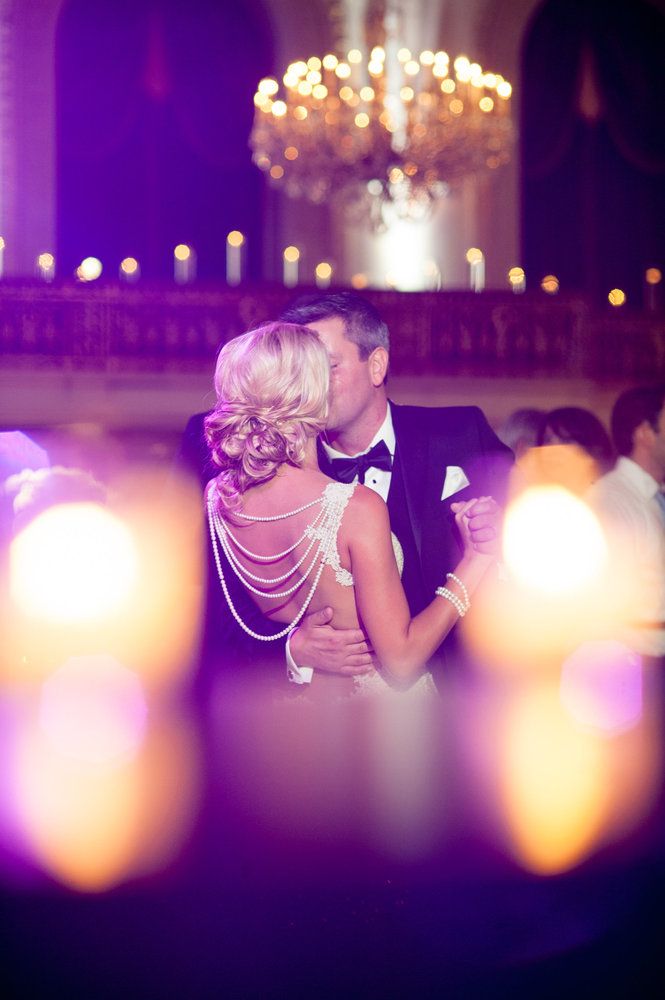 With this stance, your heads will probably stay forward, so you are looking at each other. Be sure to smile at your dance partner and maybe start a conversation to help relax.
With this stance, your heads will probably stay forward, so you are looking at each other. Be sure to smile at your dance partner and maybe start a conversation to help relax.
Slow Dancing Feet
It’s good to be cautious of where you put your feet when slow dancing so as not to step on each other’s toes. When you first join together to dance, look down at where you and your partner’s feet fall. This gives you a general idea of how far over you can move your feet without stepping on his/her toes.
If you are close together in the slow dance, you can put one foot between your partner’s feet and your other foot on the outside. If there is more space between the partners, you can put your toes in front of your date’s toes and about an inch off to the side. Don’t get too technical on this aspect. When your bodies come together to dance, your feet should naturally fall in place.
Leading
It’s traditional for the guy to lead a slow dance. If this is just way too traditional for your taste, then the female can change it up and lead.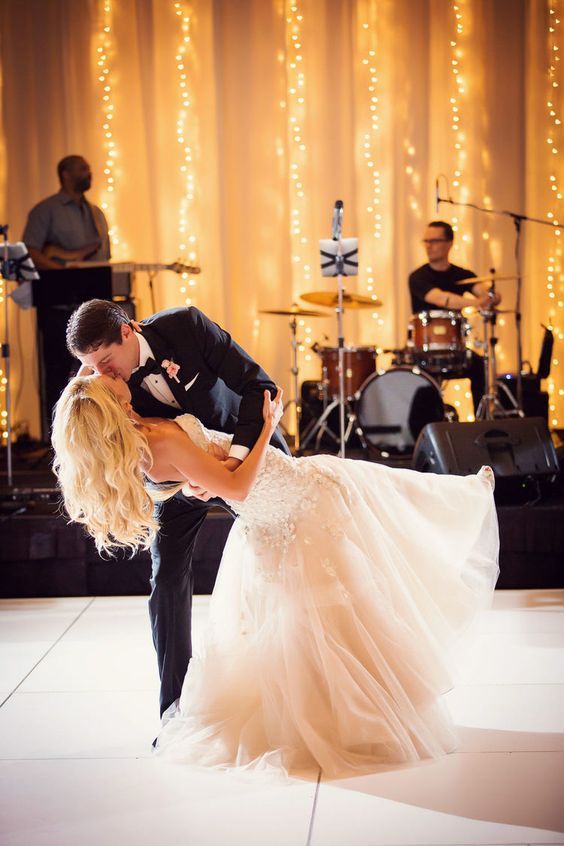 But, someone has to lead. To lead, gently push your partner’s hand in the way you want to go as you also move your body in that direction. Follow the music and move to the beat. To follow, just follow your partner’s moves.
But, someone has to lead. To lead, gently push your partner’s hand in the way you want to go as you also move your body in that direction. Follow the music and move to the beat. To follow, just follow your partner’s moves.
Swaying
The basic slow dance doesn’t require much footwork at all, so it is an easy dance for beginners. You can keep your feet planted in one place, make sure your knees are loose, and then gently sway back and forth using your hips and knees. If you are confident with this, you can gently lift your feet off the floor just a bit. These small lifts can turn you in a slow circle. Remember to keep your arms and elbows loose. This will make it easier to breathe and sway comfortably.
The Twirl
If you are leading and are feeling confident and a bit adventurous while you’re slow dancing, you can invite your partner to twirl. This is a common move so your dance partner will probably know what to expect. Take a step back from your embrace and hold your partner’s left arm up in the air with your right arm.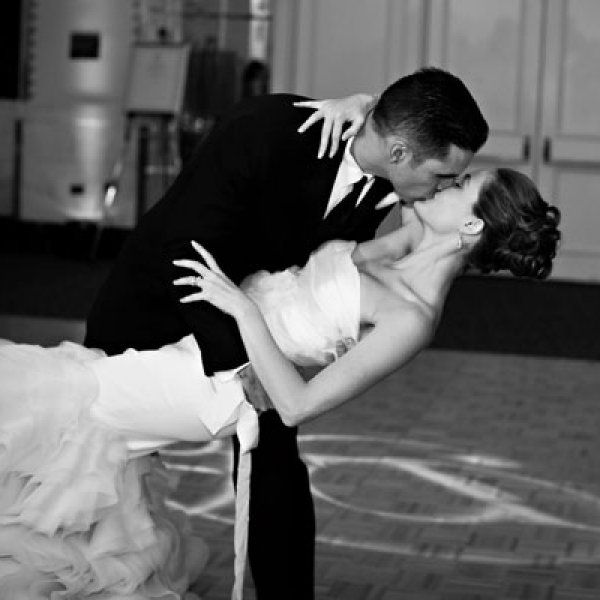 After guiding her in turning 360 degrees, you simply return to your starting position and resume swaying.
After guiding her in turning 360 degrees, you simply return to your starting position and resume swaying.
Get Started Learning How to Slow Dance at Fred Astaire in Raleigh
Are you ready to get started learning to slow dance and other kinds of dancing? You can begin today learning these easy dance moves and enjoy the many benefits of dancing! For information on our dance classes and dance lessons, call us at (919) 872-0111 or fill out our online contact form below!
Contact Us Today
No Partner Necessary
How to Slow Dance at Wedding or Prom- 6 Easy Steps (with Video Instruction) — Duet Dance Studio Chicago
Ever wonder how to dance when a slow song comes on at a wedding or a prom? Slow dancing is an important skill to know whether you are attending a wedding, prom or social event where there is music and social dancing. Slow dancing isn't too difficult to master as long as you know the basics and practice often. Impress your date at your next event with these 6 easy slow dance steps! And if you’d like to learn more dance moves, make sure check out our Online Dance Programs!
Impress your date at your next event with these 6 easy slow dance steps! And if you’d like to learn more dance moves, make sure check out our Online Dance Programs!
1. Escort your Partner Gracefully
Ask your partner politely by saying "would you like to dance?" or "shall we?" If he or she says yes, hold your partner's hand and escort him/her to the dance floor. Find a good spot on the dance floor where it isn't too crowded and start dancing. It's that simple. But if you'd like to spice it up a little, check out this video for a fancy way to get on to the dance floor.
2. Dance Position
It's important to start your dance with a good dance position, which allows you to lead or follow your partner better.
Leader — Place your right hand behind your partner’s left shoulder blade (cupping the shoulder blade). Make sure your right elbow is up and your elbow bone should be pointed out to your right side.
Follower — Wrap your left arm around your partner’s lifted arm and place your hand around his/her biceps.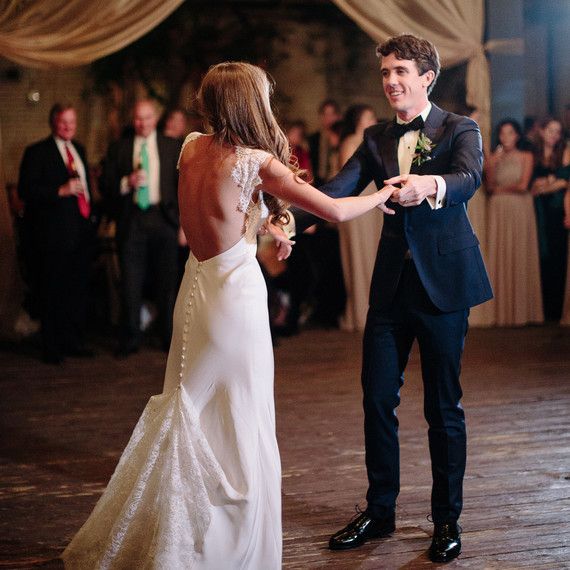
Both of you can now bring the other arm up and clasp your hands together. Your elbows should be relaxed and pointed down slightly.
3. Listen to Music and Find the Beat
Before you start dancing, listen to the song, find the beat and then sway (shift your weight from one foot to another) to the beat of the song. The tempo of the song determines how fast or how slow you move. Watch this video and learn how to dance to the beat.
4. Basic Step
The basic step shown in the video below is perfect for beginners. It is simple to do and work great with a lot of slow dance songs. Practice this repeatedly until it becomes second nature. And when you lead this step, make sure to do this confidently so that your partner can follow you.
5. Spice it Up with a Turn
Once your partner feels comfortable dancing with you, it's a great idea to spice up your dance with a turn or two. Surprise your partner with this fun turn below!
6.
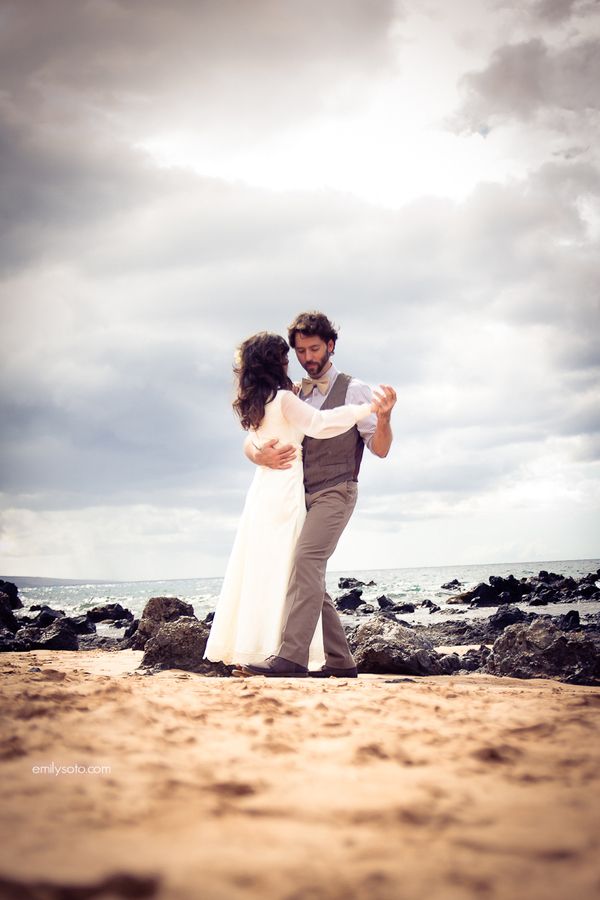 End with a Dip
End with a DipNo dance is complete without an impressive dip. It is like the icing on a cake! Depending how comfortable or experienced your partner is with social dancing, you may want to adjust how low you dip your partner. If you weren't sure how comfortable your partner feels about being dipped, ask for permission first. Watch this video to learn how to dip your partner safely and confidently.
What is your go-to slow dance move? Please comment below.
Want to learn more? Sign up for our complete online dance program now!
Online Dance Lessons
Duet Dance Studio is a group of friendly dancers who are passionate about helping people and sharing the joy of ballroom dance. Our physical studio is located in Chicago West Bucktown. We offer ballroom dance lessons, wedding dance instruction and private dance parties. Online Wedding Dance Lessons and Skype dance lessons are also available! Dances we teach include Salsa, Swing, Tango, Bachata, Merengue, Waltz and Foxtrot.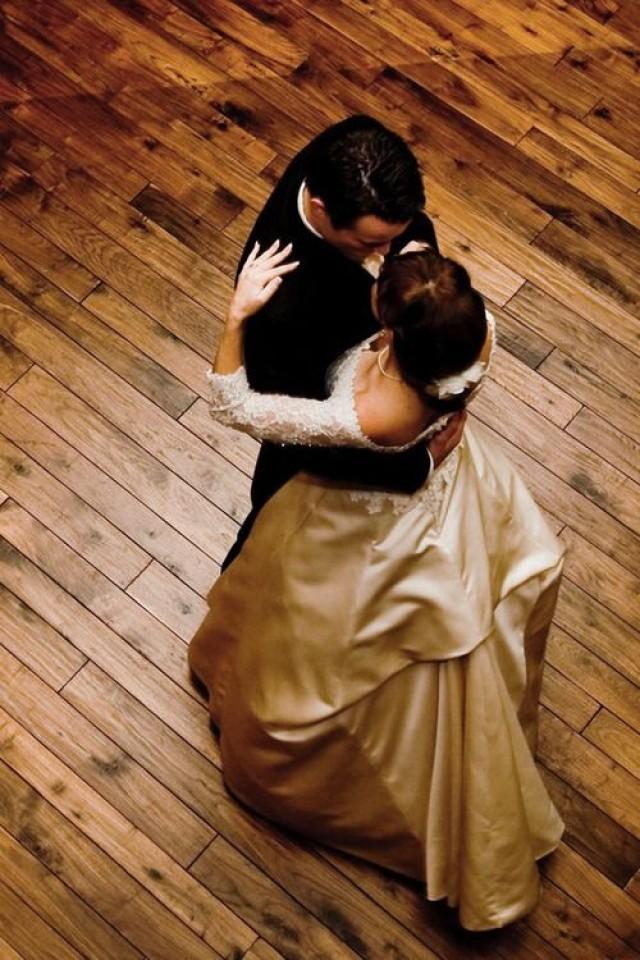 Sign up for an introductory dance lesson now to get started!
Sign up for an introductory dance lesson now to get started!
Szewai LeeComment
0 LikesHow to stage a wedding dance yourself
- +7 812 565-45-32
- St. Petersburg
- Ozerki
- Grazhdansky Prospekt
- Vladimirskaya
- Pargolovo For those who want to take the risk and try to stage their first dance on their own, I want to give some useful tips. I hope that they will help you competently plan and stage a harmonious wedding dance!
- Summer!
- Articles
- All about wedding dances
- How to stage a wedding dance yourself?
This article will be useful both for those who already know how to dance a little, and for those who are very enthusiastic and want to try their hand and come up with the dance of their dreams on their own. Your first wedding dance is in your hands!
So, what should be assessed and considered before proceeding with the production?
Size of the dance floor and height of the ceilings
If your dance floor is small, then when staging the dance, you should avoid moving around the ballroom, choosing more compact dance figures for your composition.
At the same time, if your venue is large, it is advisable to include several figures in your dance, in which you will actively move around the hall, thus filling the space visually.
Let's take a simple example: a wedding dance set to the tempo of a fast (Viennese) waltz. For the case if you have a small dance floor, you should stop at the “figured waltz” option, performing the figures without advancing, and performing the waltz itself “in a square”.
If you have a large area, I suggest including a big circle waltz.
Ceiling height is important for high supports, the simplest of which is lifting the bride in her arms. Before performing such support, you need to make sure that the height of the ceilings allows it. For example, in some restaurants and on steamboats, it is problematic to perform high lifts.
Spectator's side
All your movements, and especially postures, should be laid out in directions and oriented to the "spectator's" side. To begin with, determine the configuration of your dance hall, the place where you will go to dance, the place where the main part of the audience will be concentrated, where the photographer and videographer will stand.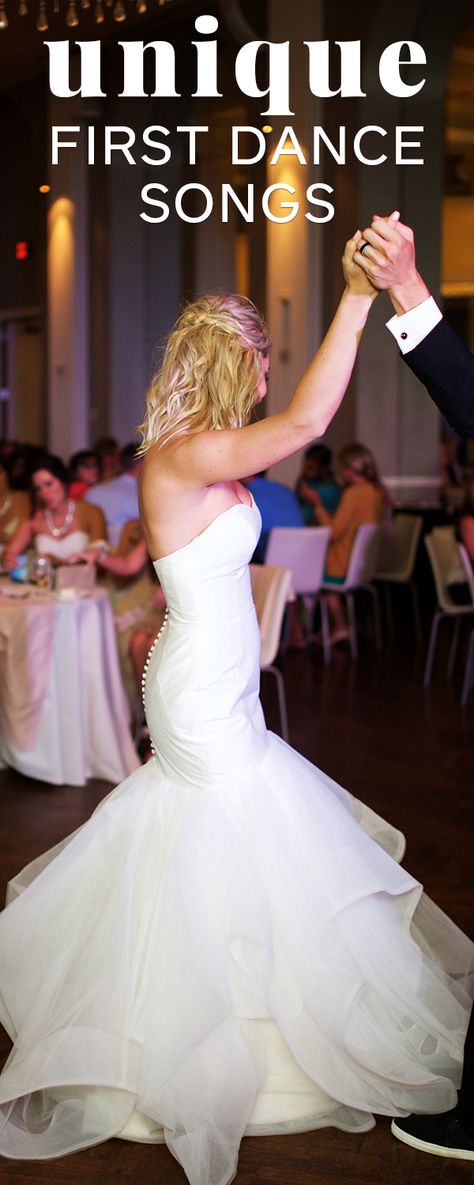
All your poses must be performed facing the audience. To do this, you need to decompose your dance into directions, so that for the performance of certain figures you find yourself facing your audience.
If you have 2 or more spectator sides, then you need to decompose your dance so that you alternately dance to one or the other spectator side. Preference should be given to the side where the photographer and videographer will stand.
Music
You can dance to any music you like. It should be borne in mind that it consists of musical phrases, which in turn are divided into measures. The main rules that I recommend to follow in order to achieve the musicality of your performance:
a) As soon as a new musical phrase starts, you must change the movement type. The simplest example: while the singer is singing one phrase, you make one movement, when he starts singing another phrase, you start making another movement. Most often in musical compositions there are verses, choruses and losses.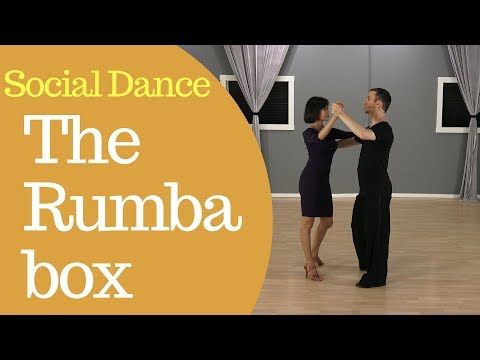 They usually consist of several musical phrases.
They usually consist of several musical phrases.
b) Play with musical accents and puffs. Accents (beats in music) are perfectly played with rapid hand movements, a sudden stop in movement, or a sharp change in direction. Puffs are best suited for “smeared” smooth poses.
c) Within each musical phrase there are several measures (most often the time signature for modern compositions is 4/4, for a waltz 3/4). Try to hear them, isolate and decompose your movements into strokes, achieving clarity of execution.
Before decomposing your movements into music, I recommend doing a musical dictation: decomposing your music into phrases, measures, highlighting accents and puffs. And then to impose on them movements.
Duration
Suggested duration of the dance: about 3 minutes including entering the platform and bowing. If your musical composition is longer, then it is worth trimming it using software tools. A longer dance rarely looks good: the audience gets tired and the effect of the first impression is lost.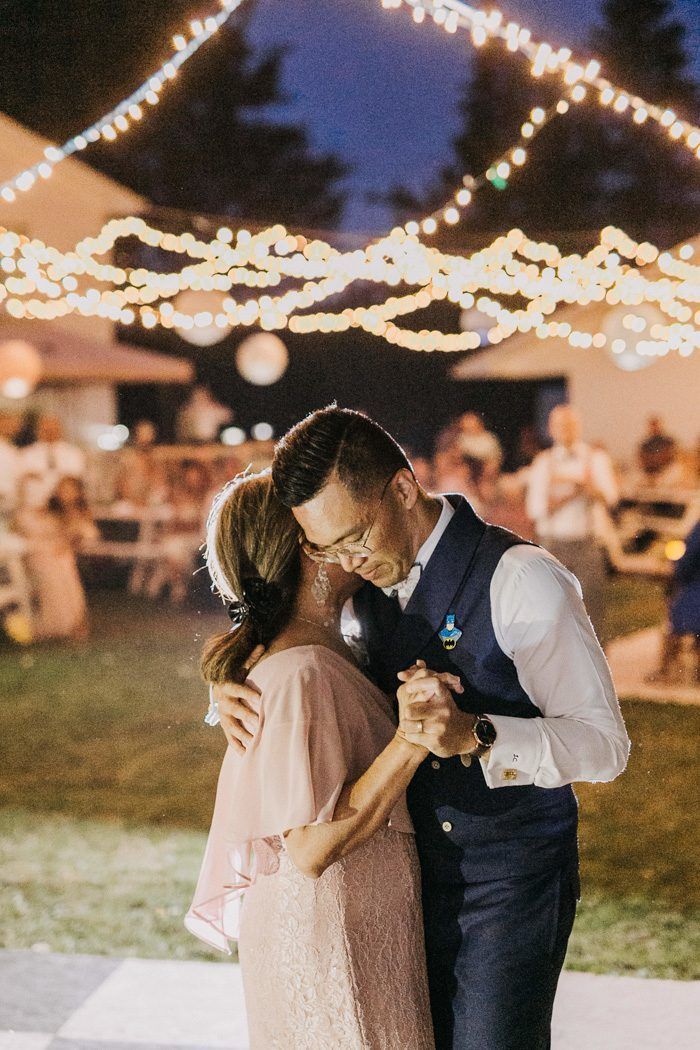
If you fundamentally do not want to shorten your melody, then I recommend inserting some pantomime scenes into it for contrast (scenes of a meeting, farewell, quarrel, reconciliation). This will advantageously set off the dance part and help make your performance more intense and interesting for the audience.
Physiology of the bride and groom
The appearance of the couple is very important for creating a harmonious dance.
Couples in which both the bride and groom have an ideal athletic physique and an ideal difference in height (10-15 cm) are few. All dance figures will suit these lucky ones.
But if your pair has features, then they must be taken into account and beaten, using 100%!
For example, for couples in which the groom is much taller than the bride (the difference in height is 20 cm or more), elements in which the groom goes down (visually becomes lower) and the bride remains standing will look very good. Also, for such a couple, support with rotation on the hands will look great, in which the bride is taken in her arms facing the groom (see photo above).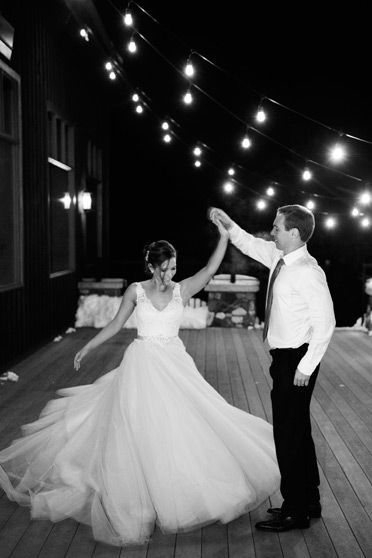
If there is a small difference in height between partners in a couple or the bride is taller than the groom, then supports are perfect for you, in which the bride deviates, and the groom remains standing straight. Elements in which the girl sits down on bent knees facing the groom will also look good. Rotation on the hands for such a pair is best done in a position when the girl is picked up sideways.
In couples where the bride has a more dense physique than the groom, we recommend avoiding elements with the bride lifting on her hands, the main emphasis in this case is better to place on the partner's plastic movements and masculine lines in the partner's positions.
Video work
If you are staging your own wedding dance, you will most likely be using video footage. It would be a big mistake to simply copy the movements from someone else's dance.
When watching the video, be sure to select those movements that you understand how beautiful and correct to perform and avoid complex and incomprehensible elements.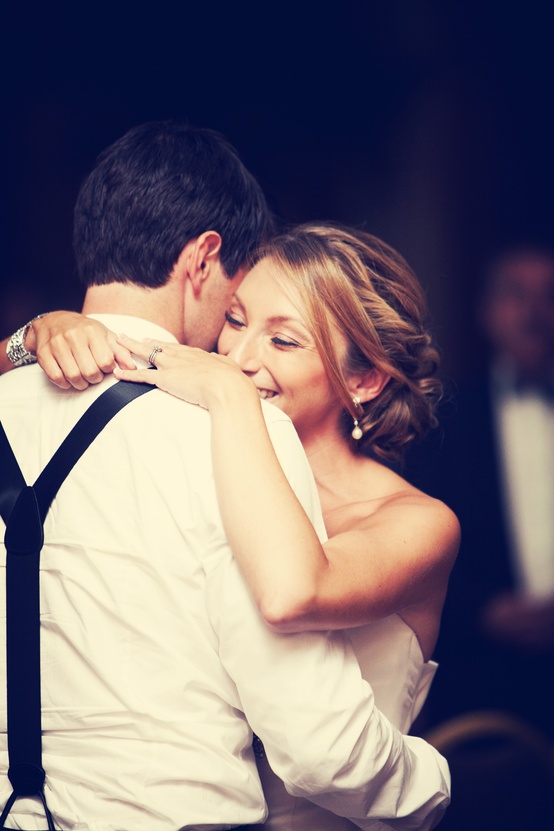
You should also be aware that what looks easy and beautiful in a professional performance, for beginners, it may not look advantageous at all.
Think about whether the movements you like are right for your couple, whether you perform them well. Take a video of yourself and compare the resulting picture with the original. Leave only those movements that you are good at.
Advice for girls
Girls, think about the features of your wedding dress when staging a dance. If the dress is tight, then you should wear a tight skirt at the rehearsal in order to immediately avoid movements that you basically cannot do in this dress.
If you have a crinoline dress, then wear a crinoline at rehearsal so that you and your fiancé get used to its size. Remember that the crinoline creates some distance between you in the dance, as well as inertia in the rotations.
If you have a train - then you need to either stab it or support it with your hand. Accordingly, during rehearsals, always keep something in the hand that will be occupied by the train.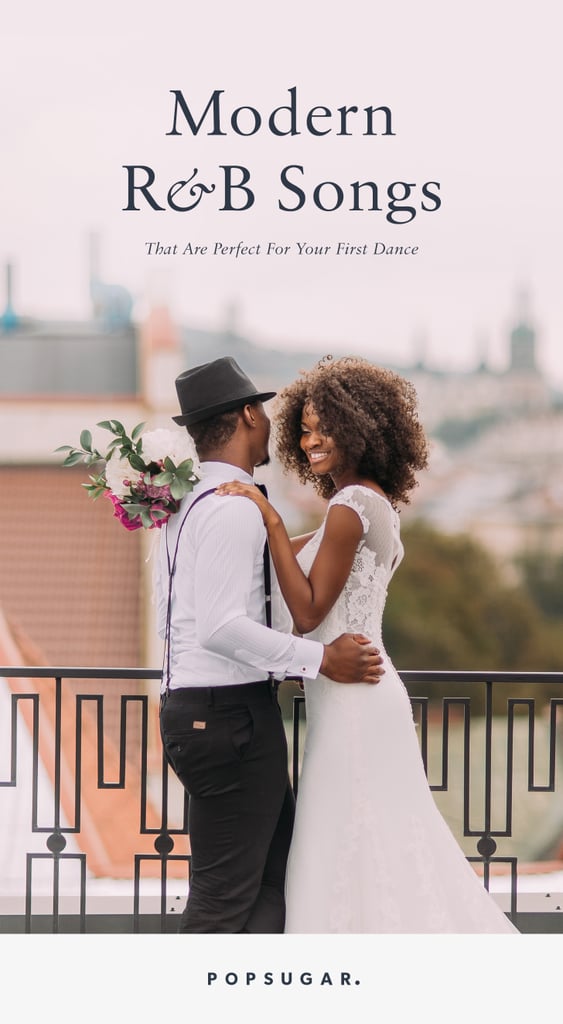 Often the choice of movements for a wedding dance is largely dictated by the bride's wedding dress!
Often the choice of movements for a wedding dance is largely dictated by the bride's wedding dress!
Time
When working on the wedding dance on your own, you need to start staging about 2 months before the wedding. Chances are you won't have much time right before the wedding, and a good staging is time-consuming (especially if you don't have any dance experience), so it's best to start working on the dance early. With the rehearsal mode 1-2 times a week for one hour, you will have time to put on and learn the dance, film yourself on video and work on your mistakes.
It is a good idea to start doing any pair dance (in a regular dance group), this will allow you to master the principles of pair movement and teach you simple movements that you can use in your production.
Staging a wedding dance by yourself is an interesting, creative, but not an easy task. I recommend that after the end of the production, if possible, come to professional teachers for at least one lesson and show them your dance. I wish all the newlyweds happiness, love, joy and good luck in staging the wedding dance!
I wish all the newlyweds happiness, love, joy and good luck in staging the wedding dance!
Author — Lydia Salop.
Copyright reserved. For republishing, please contact the PR department.
Order a professional wedding dance
Wedding dance | First dance at the wedding
@olivecooke
The dance of the bride and groom who have just become husband and wife is a very beautiful tradition. Just the two of you move to your favorite music, you can hug, take a breath and share with each other the emotions of the wedding day. Or, on the contrary, surprise everyone present with an incendiary number and well-adjusted movements, like professionals. A wedding dance is certainly an exciting and important moment. But try not to take it too seriously, not like an exam: it's okay if one of you forgets or mixes up the movements. What will this dance be - you decide. And we will tell you how to prepare an unforgettable performance that will decorate the wedding evening. And don't forget to pick the right tune from our playlist.
What will this dance be - you decide. And we will tell you how to prepare an unforgettable performance that will decorate the wedding evening. And don't forget to pick the right tune from our playlist.
Tatyana Sozonova
To choose the style that suits you, pay attention not only to the visual side, but also to the complexity of the execution and its correspondence to the style of the wedding: at a classic celebration, the waltz will look more organic than hustle or rock-n -roll.
Arseniy Gorshenin, Sasha Mademuaselle
Tango
Argentine tango is a more passionate version of classical ballroom dancing. The main difference is a clear and energetic rhythm. It will be more difficult to prepare, but if you are a bright couple, the dance will fully convey the energy of the relationship.
Slow dance
Gently swaying in each other's arms to romantic music is the choice for couples who are not ready to spend a lot of time staging the dance. This format is suitable for a cozy wedding and will help the couple focus on each other, and not on complex movements.
This format is suitable for a cozy wedding and will help the couple focus on each other, and not on complex movements.
Alena Plaks
Salsa or Bachata
Sensual and fast dances from Latin America are not easy to learn - it will take more time and a professional choreographer. And do not forget that they should be performed in comfortable clothes, and not in a wedding dress.
@briandsmithphotography
Waltz
The classical Viennese waltz is a rather active, impetuous dance. The English waltz, or Boston waltz, is performed more restrainedly and slowly. Whatever style you choose, the waltz is a dance that always looks spectacular and incredibly romantic!
@ralinagazizova
Rock and roll
Traditional rock and roll is a dance to rhythmic music with acrobatic movements. This is a beautiful show that will create a wow effect, but is only suitable for those who already have choreographic training.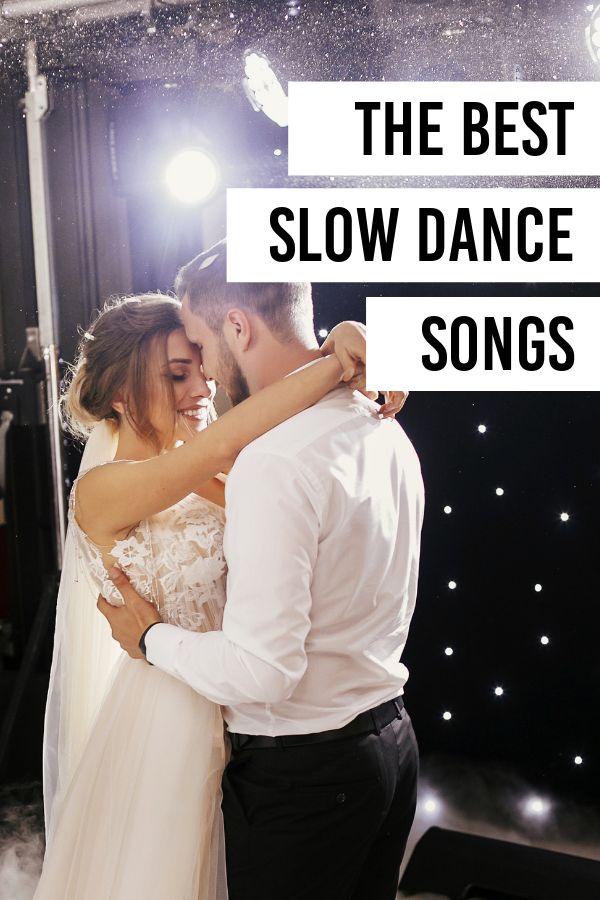
@cheyennedekeyser, @daniloandsharon
Rumba
A sensual dance that focuses on the flexibility of the body. The movements are filled with flirtatiousness and passion, so the dance is suitable for couples who are not shy about showing sexuality in public.
@katarinagrey, @pinterest
Foxtrot
Foxtrot goes well with both classical and modern music, and you can perform it even in a wedding dress - flying fabrics will only emphasize the beauty of movements.
@mimemamomu
Hustle or Swing
These fast dances with jumps and complex lifts are suitable for young and active couples. For their preparation, you will need a professional dance teacher, a special outfit and very comfortable shoes.
@fmborodin_wedding
Unconventional wedding dance
If you want to surprise your guests, prepare an unconventional dance with elements of a flash mob, in which the bridesmaids and groomsmen will take part, or a mashup - a combined dance where a slow melody is suddenly replaced by a fast one.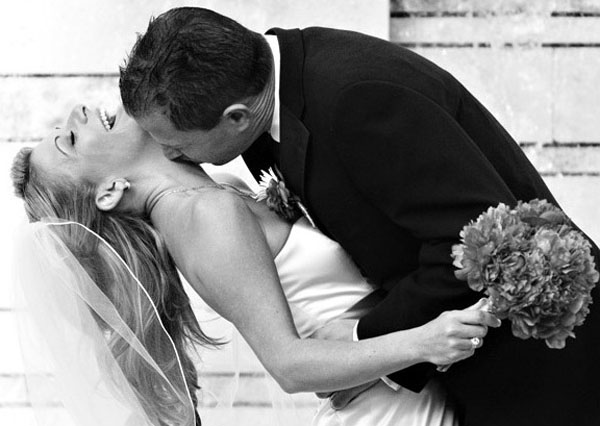 Such a dance will look fresh and unusual and will allow you to combine several different styles and favorite songs in one number. Another good option is the dance of the bride and groom, at the end of which the host invites the guests to join the newlyweds. It looks very intimate and family-like.
Such a dance will look fresh and unusual and will allow you to combine several different styles and favorite songs in one number. Another good option is the dance of the bride and groom, at the end of which the host invites the guests to join the newlyweds. It looks very intimate and family-like.
@andrewjim, @daniloandsharon
Wedding dance music
The key to your dance success is the right music that will create a magical atmosphere! For classical dance there is nothing better than string music, and at a youth party you can dance to the songs of a cover band. For the first dance, you should choose a song that fully conveys the mood and emotions of the couple. In our playlist you will find the best compositions for the dance of love.
@ralinagazizova
The duration of the wedding dance
Even the most beautiful dance will tire the audience if it turns out to be too long. Focus on 3-4 minutes - the average duration of one song. During this time, guests will fully enjoy the beauty of the moment, and you will not get tired.
During this time, guests will fully enjoy the beauty of the moment, and you will not get tired.
@natalie_rolt
Staging and rehearsals
Staging a complex dance will require a studio for classes with a choreographer and additional rehearsals at home. It is better to start classes 2-3 months before the celebration, in order to learn the necessary movements without haste and hone your skills. So, at the most crucial moment, you will feel confident and will be able to fully enjoy the moment.
@pierreangecarlotti
Clothes and shoes
As a rule, for the first dance, the bride buys a second dress - more comfortable and simple, not restricting movement. The same applies to shoes - make sure in advance that you can perform all the steps in wedding shoes. To do this, we advise you to break in your shoes in advance or choose shoes without heels.
@ushatava_live, @jimmychoo
The exception is a simple slow dance and a classic waltz, which will only benefit if the bride is in a ball gown.